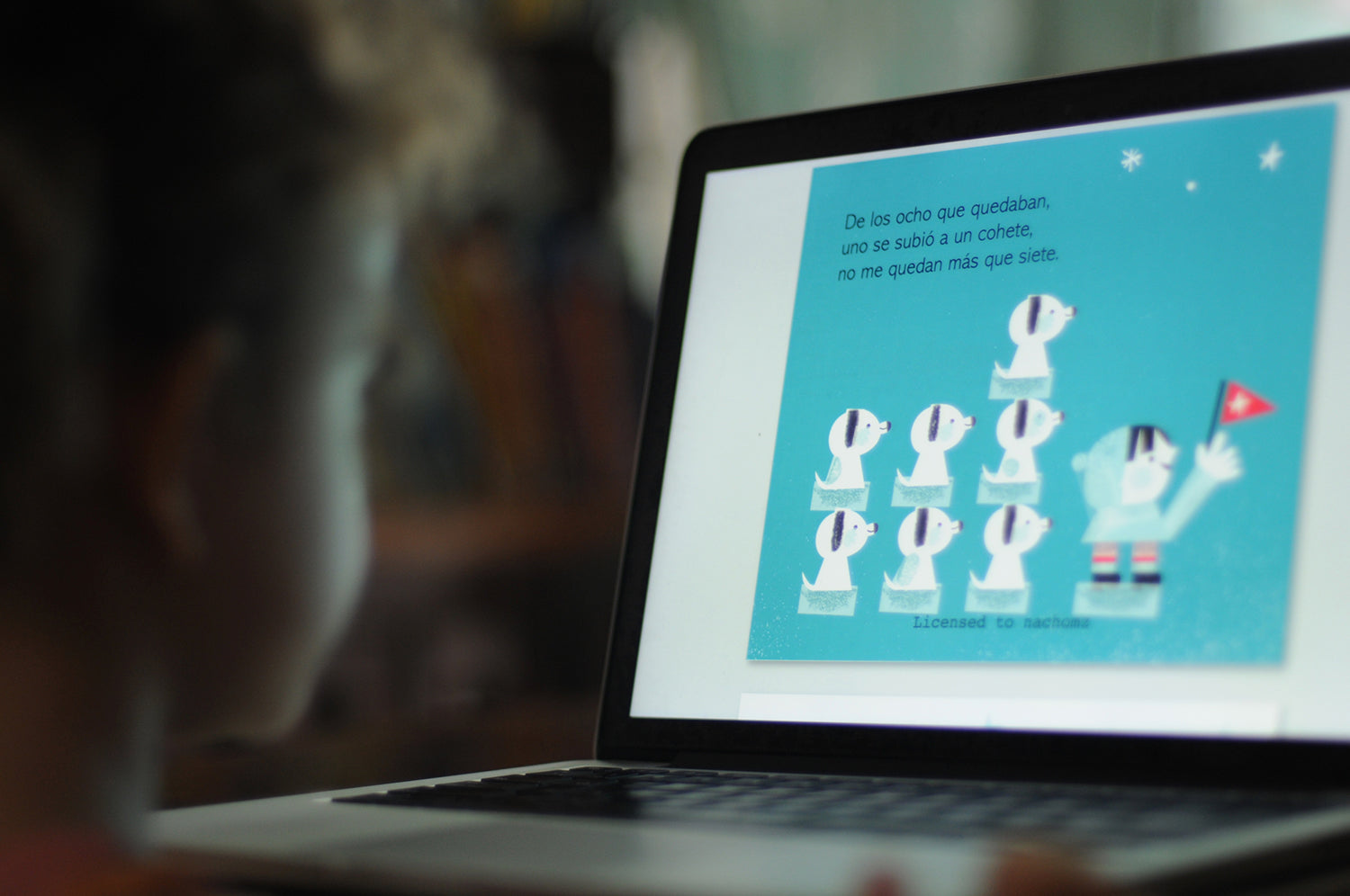
Why read aloud to your students
Caitlin Kiley
When I think back to elementary school, the thing I remember loving most about the school day (besides recess, of course) was when my teachers read aloud to the class. By the first day of fifth grade, we had all already heard the rumors that our teacher cried at the end of every book he read aloud. It was true. The Giver, Hatchet, White Fang -- he got emotional reading each one, and we loved him for it. We could tell that he loved those books and loved reading them to us.
Fifteen years later when I became a teacher, reading aloud to my third graders was my favorite part of the school day again. I delighted in stopping at cliffhangers and hearing the kids beg me to read more. The theories I’d studied in college about how to best teach literacy were suddenly concrete, and my responsibility to those young readers was tangible, all-consuming. So what was it about read alouds that made them not only enjoyable, but invaluable to my teaching practice?
Laura Varlas (2018) calls read alouds the “swiss army knife of literacy” because of the many purposes they serve, and I love that analogy. Here are just a few of the reasons we need to read aloud to our students (and why we need to keep reading to them now, even if we're not all sitting together in the classroom).
-
Introduce new genres and authors
Read alouds offer the perfect opportunity to expose your students to a genre or author they might not have explored on their own. If you bring energy and sincerity to what you read, your students will be captivated -- whether it's fiction, non-fiction, poetry or a biography.
-
Create a bond
Falling in love with characters together can be a great way to foster connections in the classroom and to facilitate a sense of belonging among students. This is key in any learning space, and it's something we'll need to work even harder to accomplish in our virtual classrooms.
-
Build fluency
According to Thoermer and Williams (2012), fluency consists of how accurately the reader decodes, how quickly and automatically she can read connected text, and the rhythm, pace and tone she uses. When students hear an adult reading aloud with fluency on a regular basis, it strengthens the students' own fluency, and that has a ripple effect.
-
Fluency’s ripple effect
Fluent readers understand what they are reading, which makes reading more enjoyable and fosters their own identities as a readers. If a person sees herself as a reader, she'll be motivated to read more often and will tackle more challenging texts without getting discouraged.
-
Reading level vs. listening level
Research shows that children’s independent reading level doesn’t really catch up to their listening level until the end of middle school. That means kids are capable of comprehending texts that are read aloud to them even though those same texts would be much too challenging for them to read independently (Varlas, 2018). Through read alouds, teachers can expose students to complex themes and rich vocabulary regardless of their decoding ability.
-
Academic vocabulary
Read alouds build a strong oral language foundation and promote students’ familiarity with academic vocabulary (Varlas 2018), which is especially important in bilingual classrooms. Teachers can build background knowledge, introduce new terms and concepts, and strategically select texts that connect to themes in other content areas.
-
Examine text structures
Teachers can select books featuring specific text structures, and can help students analyze the ways authors organize their ideas to maximize the impact of their writing.
-
Promote a love of reading
Above all, read alouds' most important impact is that they make kids fall in love with reading.
If you want to make sure read alouds play a big part in your virtual classroom, check out our new digital read aloud collections for K-8 and high school!
Caitlin Kiley was a third grade bilingual teacher in Madison, Wisconsin and now lives in Mexico.
References:
Thoermer, A., and Williams, L. (2012). Using Digital Texts to Promote Fluent Reading. The Reading Teacher 65 (7).
Varlas, L. (2018). Why Every Class Needs Read Alouds. ACSD Education Update, 60 (1).
Leave a comment